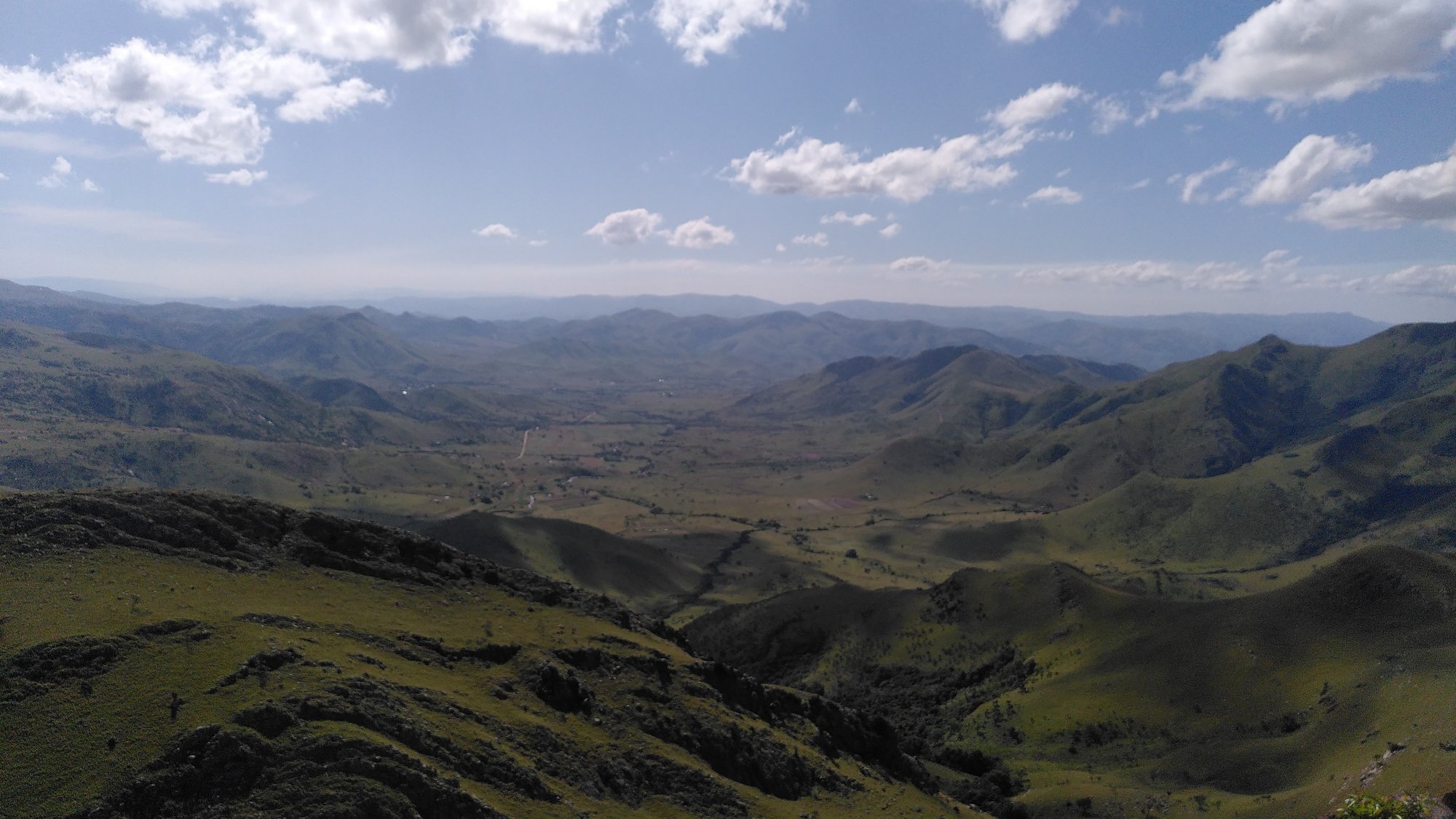Überblick
Despite its outstanding location, little is known about the archaeology of Eswatini, the former Swaziland. Archaeological activities have almost come to a standstill since the 1980s. Since 2016, the DAI has therefore been endeavouring to build capacity and develop research projects with national and international partners. This includes the establishment of a national register of monuments in collaboration with the Eswatini National Trust Commission (ENTC). An information system (GIS) has been created in which 280 sites have been documented to date, ranging from the Palaeolithic period to present-day farming communities.
Another focus is on building, equipping and maintaining the archaeological collection in the National Museum. The majority of the artefacts were recovered in the 1970s and 80s when the Swaziland Archaeological Research Association (SARA) was active. All artefacts were repackaged, relabelled and counted to create a complete digital inventory and finally housed in a new storage room that is easily accessible for future research. The database was used to develop various research projects such as the exploration of the Ngwenya Mine or the Muti Muti rock shelter, raise third-party funding and start fieldwork. Students from the University of Eswatini (UNESWA) and members of civil society are involved in all activities as part of the re-established SARA.

